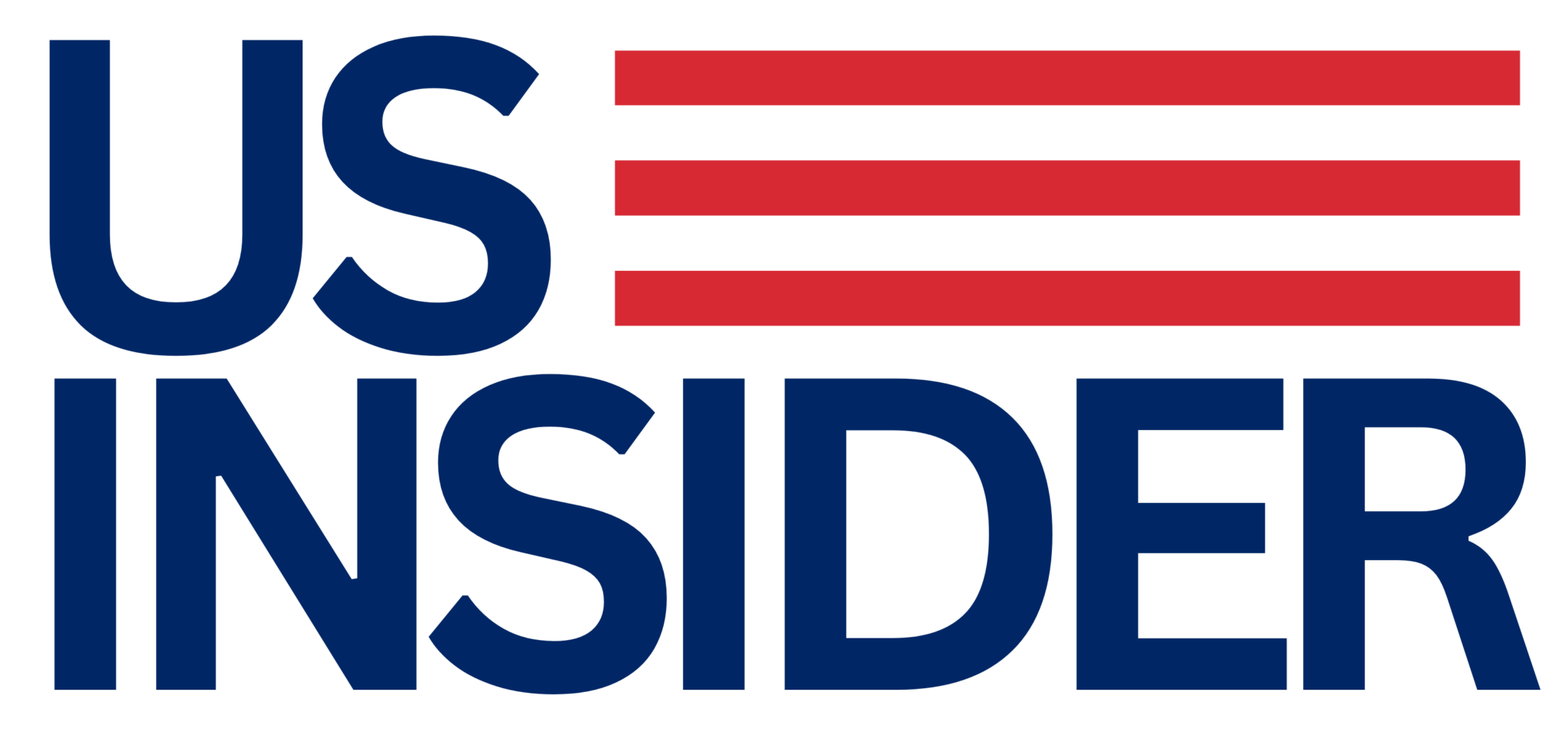The state of employment is one of the most significant indicators of a country’s economic health. As unemployment rises, it sends ripple effects throughout the economy, influencing everything from consumer spending to government policy. When unemployment increases, it means that a larger segment of the population is out of work and unable to earn an income, leading to various economic challenges. This article will explore the potential consequences of higher unemployment for the economy, examining its impact on consumer spending, inflation, business investments, and more.
Consumer Spending Decline
One of the most direct consequences of higher unemployment is a decline in consumer spending. When people lose their jobs, they generally reduce their spending to meet only essential needs. This decline in disposable income negatively impacts the demand for goods and services across multiple industries.
Ripple Effects on Businesses
Consumer spending is a key driver of economic activity. When individuals and families cut back on spending, businesses see reduced revenue, particularly in industries reliant on discretionary spending, such as retail, entertainment, and travel. This reduced demand often leads to lower production, layoffs, or hiring freezes, creating a negative feedback loop that further increases unemployment.
Increased Government Spending on Welfare
Higher unemployment places a strain on government resources as more people rely on unemployment benefits, food assistance, and other forms of social welfare. Governments often have to increase spending to provide these safety nets, which can lead to budget deficits if the situation persists.
Fiscal Burden
Increased government spending on unemployment benefits and welfare programs can strain public finances, especially if the unemployment rate remains high for an extended period. Countries may need to take on additional debt or reallocate resources from other important areas, such as infrastructure development or education, to fund welfare programs.
Long-Term Impact on Public Services
Extended periods of high unemployment can force governments to cut funding for essential public services, including healthcare and education, to balance budgets. This can further slow economic recovery, as underfunded services may not adequately support the population’s needs.
Reduced Tax Revenue
Unemployment not only increases government spending but also reduces tax revenue. When people lose their jobs, they no longer pay income taxes, and with lower consumer spending, businesses generate less taxable revenue. This creates a dual blow to government finances.
Impact on Public Programs
Reduced tax revenue limits the government’s ability to invest in critical areas such as infrastructure, public health, and education. Over time, this can lead to deterioration in public services, further hampering economic growth and contributing to a decline in the quality of life for citizens.
Widening Fiscal Deficits
A combination of increased welfare spending and reduced tax revenue can lead to growing fiscal deficits. Governments may need to borrow more money to cover these deficits, potentially leading to higher national debt levels and increased borrowing costs.
Impact on Inflation
The relationship between unemployment and inflation is often complex, but higher unemployment can have significant implications for inflation. According to the Phillips Curve, there is typically an inverse relationship between unemployment and inflation, meaning that as unemployment rises, inflation tends to fall.
Lower Inflation
With higher unemployment, wage growth tends to stagnate or decline, as fewer people are employed and those who are working have less bargaining power to demand higher wages. This reduction in wage growth can lead to lower inflation, as businesses have less pressure to raise prices to accommodate wage increases.
Deflationary Risks
In some cases, prolonged periods of high unemployment can lead to deflation, where prices fall instead of rising. While deflation may seem beneficial for consumers, it can be damaging to the economy as it discourages spending and investment. When consumers and businesses expect prices to fall, they may delay purchases and investments, further slowing economic growth.
Business Investments Decrease
Higher unemployment can also result in reduced business investments. When demand for goods and services declines due to reduced consumer spending, businesses are less likely to invest in expansion, new technologies, or hiring additional employees.
Risk Aversion
During periods of high unemployment, businesses often become more risk-averse, focusing on conserving cash and cutting costs. This reduction in investment can slow innovation and productivity growth, which are critical drivers of long-term economic development.
Stagnation in Innovation
In industries reliant on technological advancement, such as healthcare, energy, and information technology, reduced investment can have far-reaching consequences. A slowdown in innovation can impact a country’s global competitiveness and hinder its ability to recover quickly from economic downturns.
Wage Growth Stagnation
Higher unemployment often leads to wage stagnation, as there is a surplus of labor in the market. With more people competing for fewer jobs, employers have less incentive to raise wages, and in some cases, wages may even decline.
Reduced Worker Bargaining Power
When unemployment is high, workers have limited bargaining power, as employers can choose from a larger pool of candidates. This makes it difficult for employees to negotiate for higher wages or better working conditions, which can lower overall living standards.
Inequality and Social Unrest
Prolonged periods of wage stagnation can exacerbate income inequality, as higher-income individuals continue to earn more while lower-income individuals struggle to find work or secure wage increases. This inequality can lead to social unrest, as those who feel left behind demand better economic opportunities.
Lower Consumer Confidence
Rising unemployment tends to erode consumer confidence, as individuals become more uncertain about their financial future. Even those who remain employed may reduce spending out of fear of losing their jobs or facing a reduction in wages.
Consumer Confidence and Economic Growth
Consumer confidence is a critical factor in driving economic growth. When confidence is low, people are less likely to make large purchases, such as homes, cars, or luxury items, which dampens demand in key sectors of the economy.
Recovery Delays
Lower consumer confidence can delay economic recovery, as reduced spending slows down the demand for goods and services. Without strong consumer demand, businesses are less likely to hire or invest, prolonging the cycle of unemployment and slow growth.
Economic Recession Risk
Higher unemployment rates are often a signal of broader economic challenges and can increase the risk of an economic recession. If unemployment continues to rise, it can lead to a contraction in economic activity, as lower consumer spending and reduced business investments create a downward spiral.
Recession Triggers
Increased unemployment can lead to a recession by triggering declines in key economic indicators such as gross domestic product (GDP), industrial production, and retail sales. If not addressed, the economy can enter a prolonged period of stagnation or decline.
Monetary Policy Adjustments
Higher unemployment often prompts monetary policy adjustments by central banks. In response to rising unemployment, central banks may lower interest rates or implement quantitative easing programs to stimulate the economy.
Stimulating Economic Activity
By lowering interest rates, central banks aim to make borrowing more affordable for businesses and consumers, encouraging them to invest and spend. This can help reduce unemployment by boosting demand for goods and services, which leads to job creation.
Challenges for Central Banks
However, monetary policy adjustments may not always be effective in reducing unemployment, especially if structural issues such as automation or global competition are contributing to job losses. In such cases, targeted fiscal policies may be needed to address the root causes of unemployment.
Social and Psychological Impact
Beyond its economic implications, higher unemployment can have a profound social and psychological impact. Unemployment often leads to increased stress, anxiety, and depression, as individuals struggle to cope with financial insecurity and the loss of their professional identity.
Mental Health Consequences
The psychological toll of unemployment can contribute to a range of mental health issues, including depression and substance abuse. Communities with high unemployment rates may also experience higher crime rates and social instability.
Societal Strain
Higher unemployment can strain social fabric, leading to greater inequality, political unrest, and a loss of social cohesion. Governments must address not only the economic but also the social impacts of unemployment to maintain stability.
Higher unemployment has wide-reaching effects on the economy, impacting everything from consumer spending and inflation to business investments and government policy. While some of these effects may be short-term, prolonged unemployment can lead to structural challenges that are difficult to reverse. To mitigate the impact of rising unemployment, governments and policymakers must implement targeted measures to stimulate job creation, support consumer confidence, and address the social consequences of job loss.






